The Nazca Lines: alien airport?👽🛸
Ancient Mysteries and the Flattened Mountain Tops of Peru

The Nazca Lines: Ancient Mysteries and the Flattened Mountain Tops of Peru
The Nazca Lines of Peru have long fascinated archaeologists, historians, and enthusiasts of the unexplained. Stretching across the arid plains of the Nazca Desert, these massive geoglyphs, depicting various animals, plants, and geometric shapes, have sparked numerous theories about their origin and purpose. Among the lesser-known, yet equally intriguing, features near the Nazca Lines are the flattened mountain tops that some have speculated to be ancient runways or platforms of some sort. This article delves into the conventional archaeological perspectives on these features and explores why ancient civilizations might have undertaken such monumental tasks.
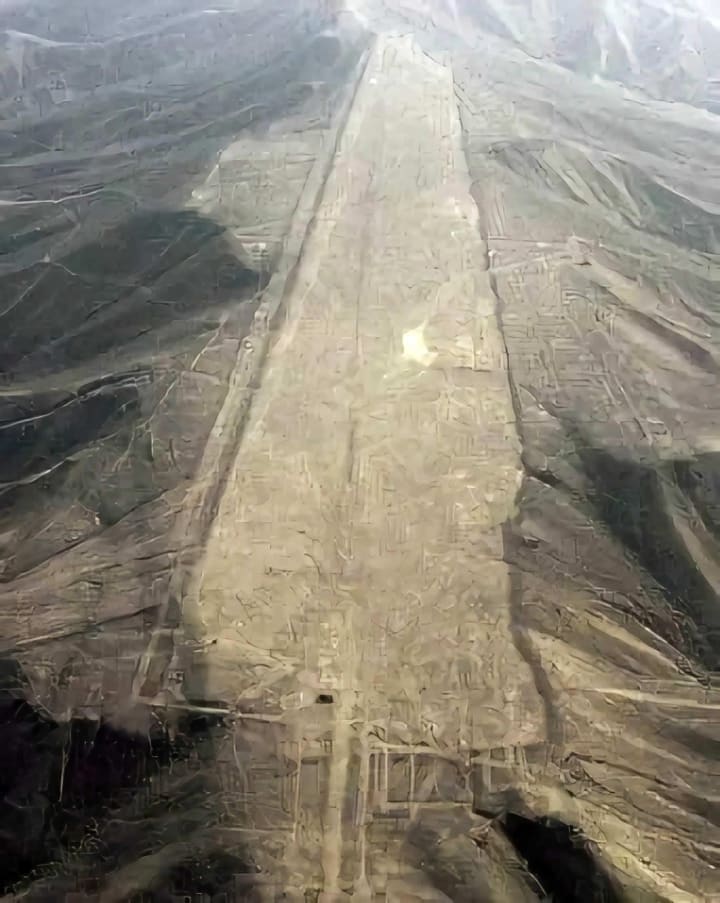
The Nazca Lines: A Brief Overview
The Nazca Lines, a UNESCO World Heritage site since 1994, are a series of large ancient geoglyphs in southern Peru. Created by the Nazca culture between 500 BCE and 500 CE, these lines are etched into the ground and form various figures, including a hummingbird, a monkey, a spider, and numerous other shapes that can only be fully appreciated from the air. The purpose of these lines remains a subject of debate among scholars. Theories range from astronomical calendars and religious rituals to markers of underground water sources.
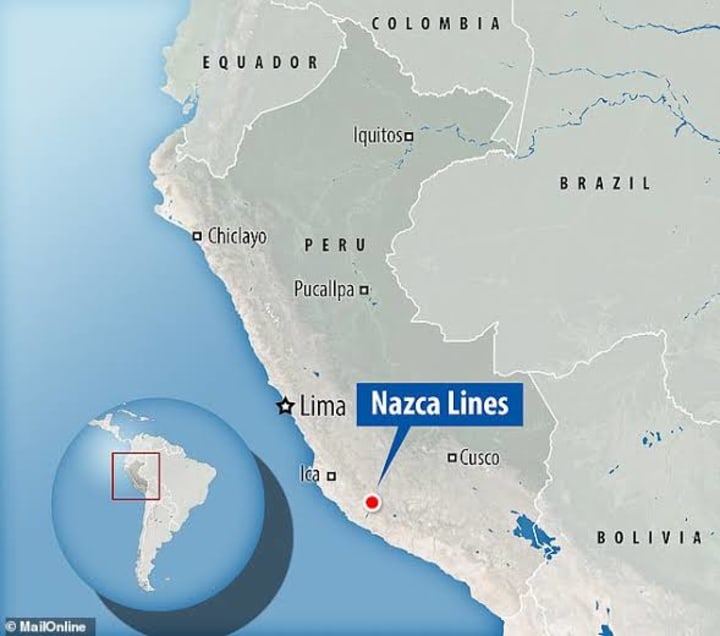
The Flattened Mountain Tops
Close to the Nazca Lines, several mountains appear to have been flattened at the summit, giving rise to the theory that they might have served as ancient airstrips. This idea was popularized by Erich von Däniken in his 1968 book, "Chariots of the Gods?" von Däniken suggested that extraterrestrials had used these flattened mountains as landing sites for their spacecraft, presenting this as evidence of ancient astronaut theories.
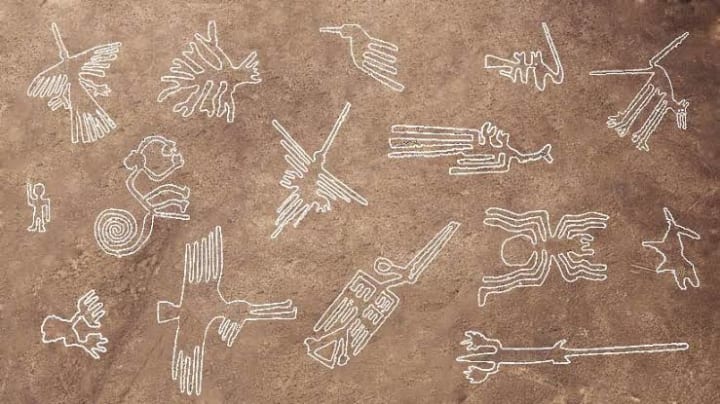
Archaeological Explanations
However, mainstream archaeology offers different explanations for these features. Here are some of the key points:
1. Geological Processes
Archaeologists and geologists often attribute the flattened mountain tops to natural geological processes. Erosion and tectonic activity over millions of years can result in flat-topped mountains or mesas. These natural formations are found worldwide and are not unique to the Nazca region. The forces of wind, water, and seismic activity can significantly alter landscapes, creating flat surfaces that might seem artificially made but are natural in origin.
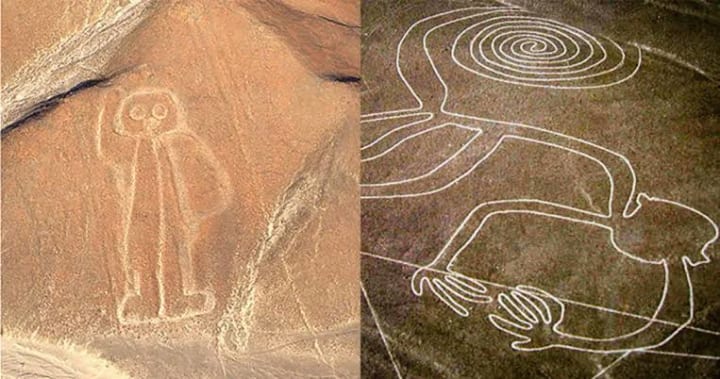
2. Ritualistic and Ceremonial Purposes
Another conventional archaeological theory posits that the flattened mountain tops were used for ritualistic and ceremonial purposes. The Nazca culture is known for its complex religious beliefs and practices, many of which involved large-scale earthworks. Flattened areas might have served as platforms for religious ceremonies, astronomical observations, or as sacred spaces where offerings and rituals were performed. Such uses are consistent with the Nazca's known cultural and religious practices.
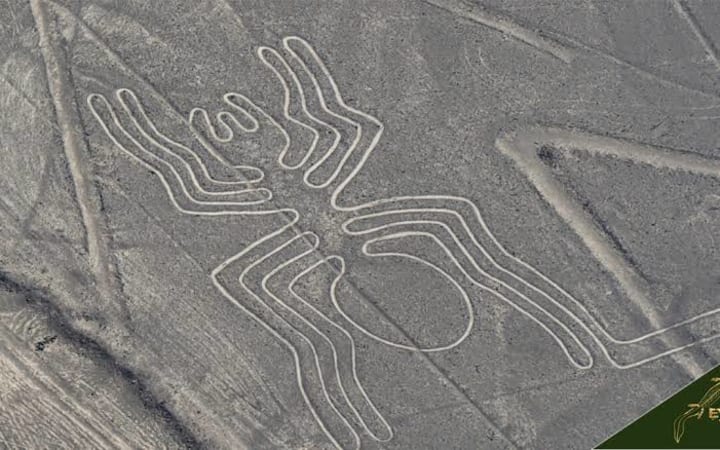
3. Agricultural Use
There is also the possibility that these flattened areas had practical uses related to agriculture. The Nazca people were adept at managing their harsh environment, and creating flat surfaces could have been part of their strategy to maximize arable land or manage water resources. Platforms could have been used for drying crops or as areas to store agricultural produce.
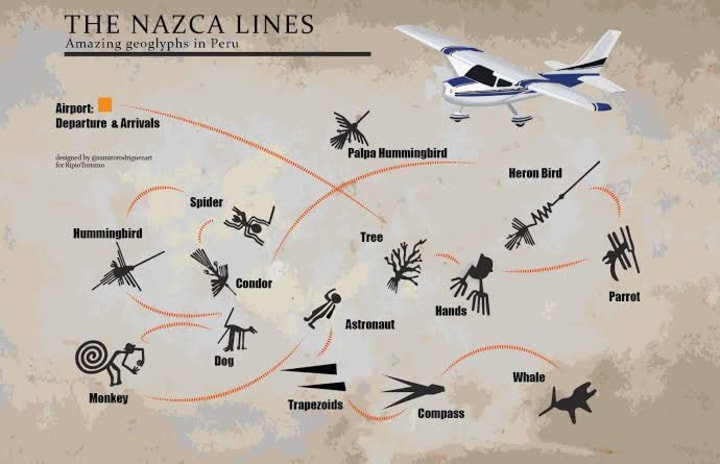
4. Social and Political Structures
Flattened mountain tops could also indicate social or political activities. Large flat areas could serve as meeting places or locations for significant gatherings, such as tribal councils or communal events. These platforms might have symbolized power or unity, reinforcing the social structure of the Nazca culture.
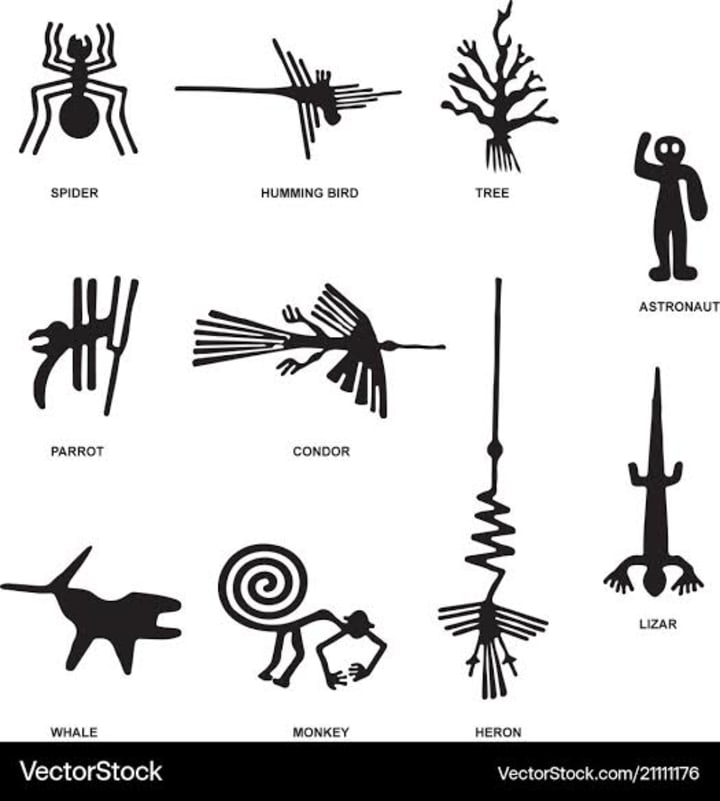
Ancient Technology and Engineering
Regardless of the exact purpose, the effort to flatten mountain tops demonstrates the impressive engineering capabilities of the Nazca people. Without modern tools or machinery, achieving such feats would have required considerable labor, coordination, and knowledge of the terrain. The Nazca's ability to manipulate their environment on such a scale speaks to their ingenuity and adaptability.
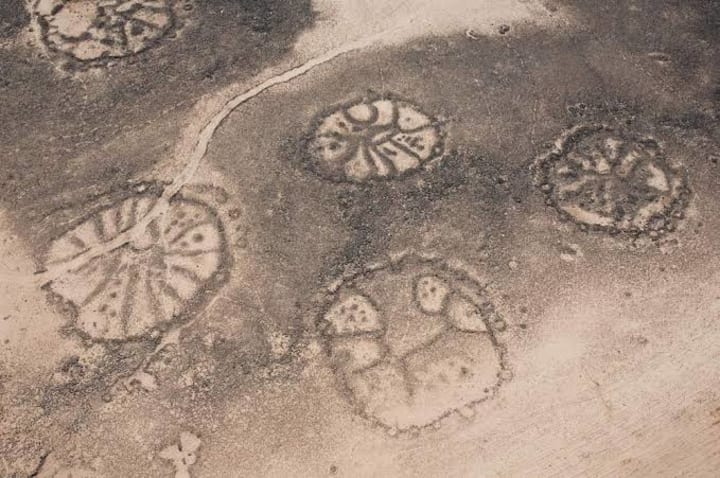
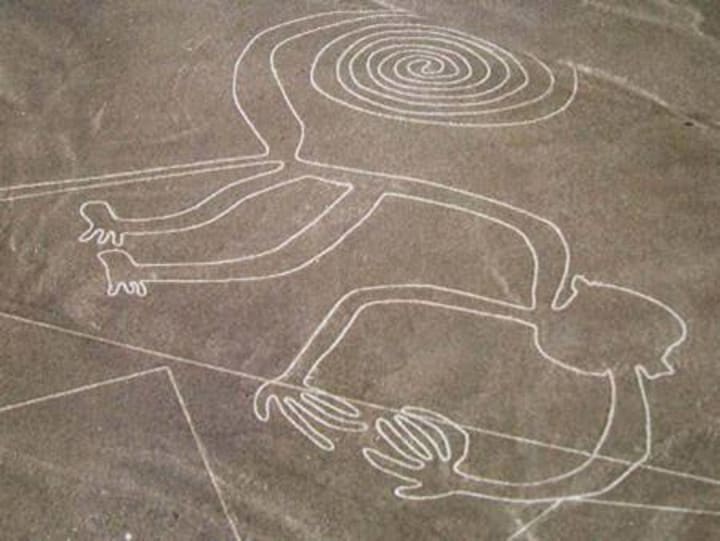
The Extraterrestrial Hypothesis
While mainstream archaeology provides plausible explanations grounded in geological and cultural contexts, the idea of extraterrestrial involvement continues to captivate the imagination of many. Proponents of this theory argue that the precision and scale of the geoglyphs and flattened mountains suggest an advanced understanding of engineering and aerodynamics beyond the capabilities of ancient civilizations. They propose that these features were created as signals or landing sites for alien visitors.
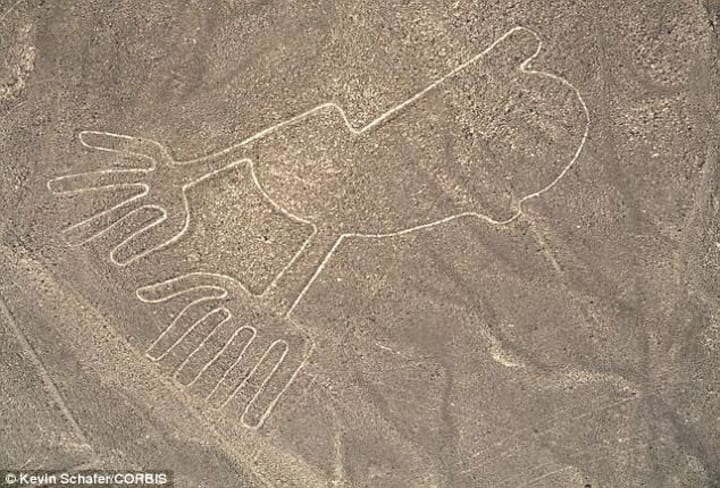
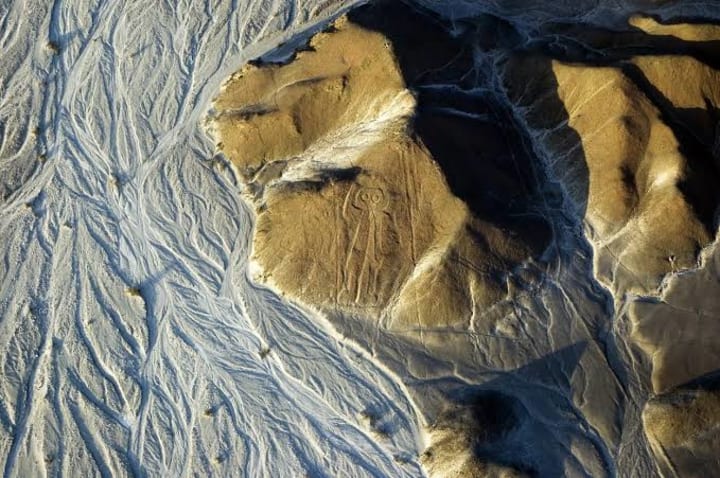
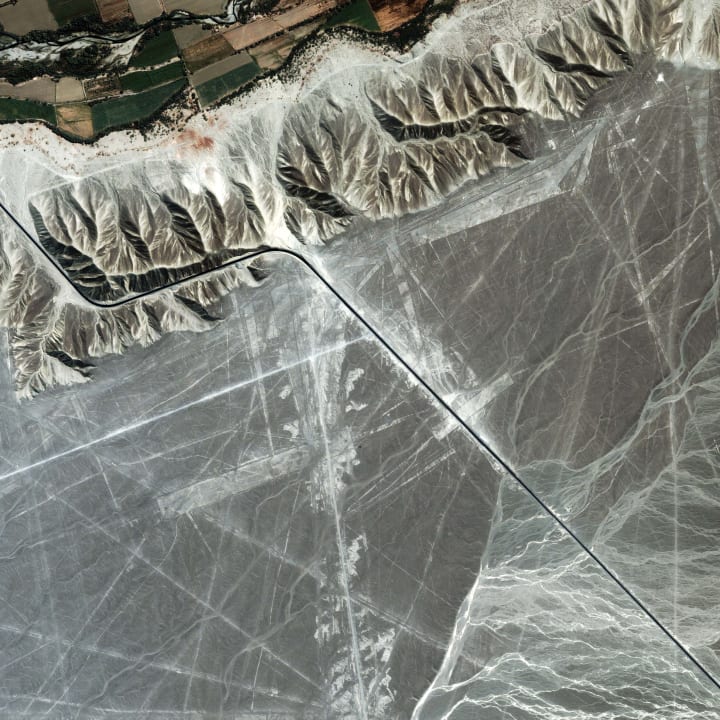
Conclusion
The Nazca Lines and the flattened mountain tops near them remain one of the most enigmatic aspects of ancient history. Conventional archaeology offers explanations that emphasize the ingenuity and cultural complexity of the Nazca people. Whether these features served ritualistic, agricultural, social, or practical purposes, they reflect a sophisticated understanding of their environment and the ability to manipulate it effectively.
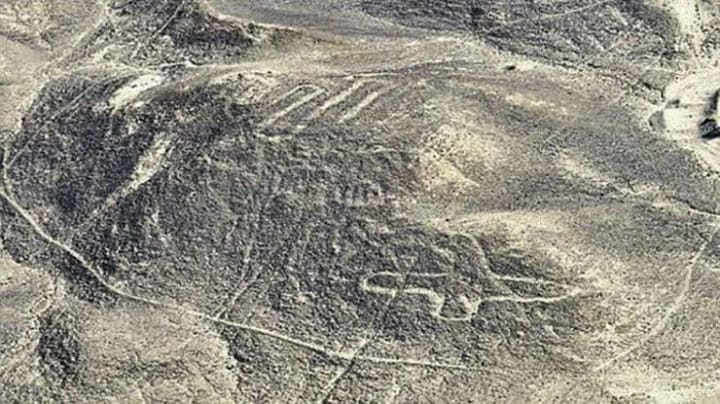
However, the allure of alternative theories, such as those involving extraterrestrial visitors, continues to persist, fueling debates and inspiring further exploration. As technology advances and new discoveries are made, our understanding of these ancient marvels will undoubtedly evolve, shedding more light on the capabilities and intentions of the Nazca culture.
In exploring the mysteries of the Nazca Lines and the flattened mountain tops, we gain a deeper appreciation for the rich tapestry of human history and the enduring quest to understand our place in the cosmos.
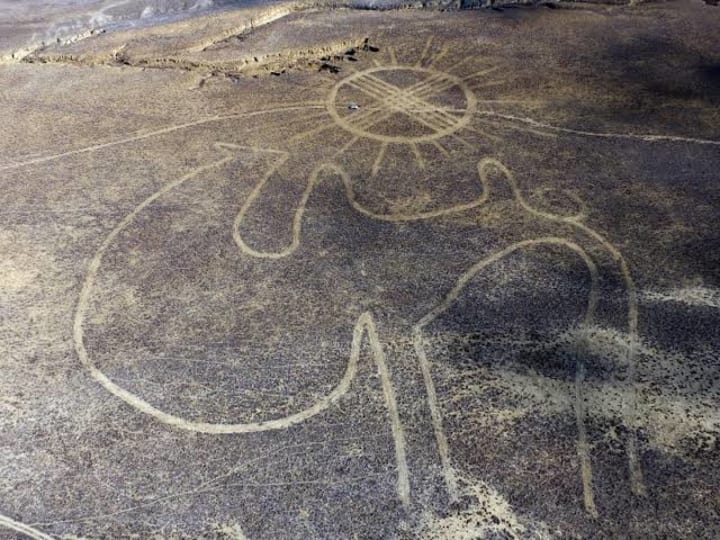
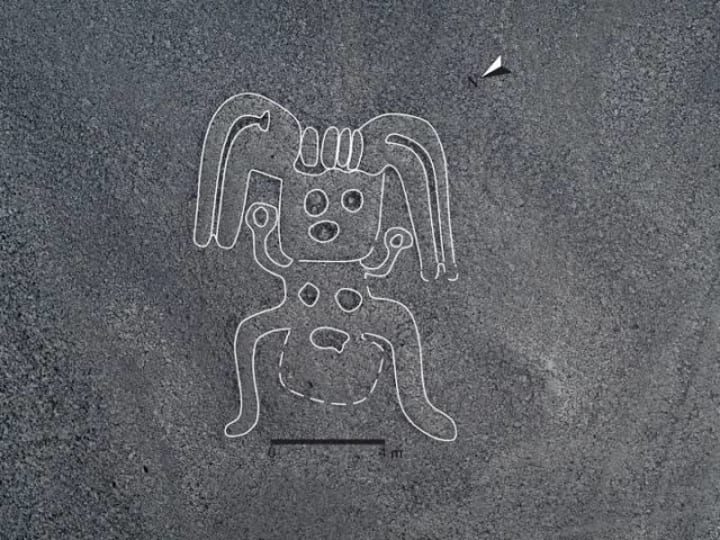
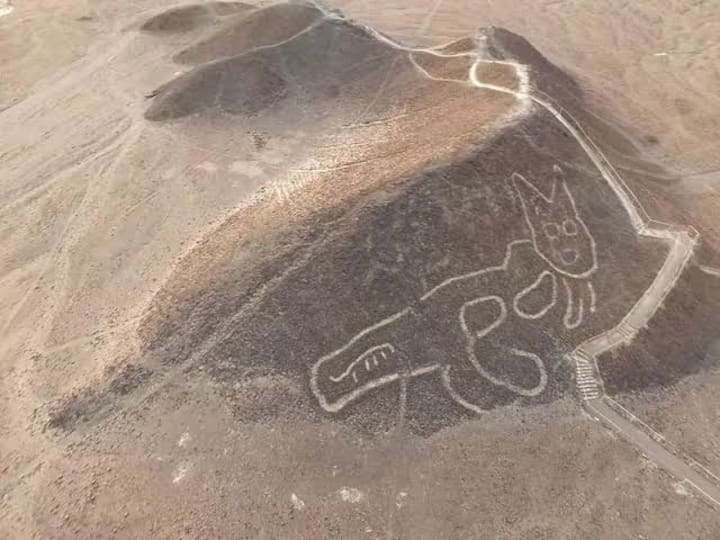
References
1. Aveni, A. F. (2000). *Between the Lines: The Mystery of the Giant Ground Drawings of Ancient Nasca, Peru*. University of Texas Press.
2. von Däniken, E. (1968). *Chariots of the Gods? Unsolved Mysteries of the Past*. G. P. Putnam's Sons.
3. Hadingham, E. (1987). *Lines to the Mountain Gods: Nazca and the Mysteries of Peru*. Random House.
4. Silverman, H., & Browne, D. (1991). "New Evidence for the Date of the Nazca Lines". *Antiquity*, 65(249), 208-220.
5. Reiche, M. (1993). *Mystery on the Desert*. Nazca Publications.
About the Creator
JONATAN DAVID VEGA
Hello Welcome! I am Jonatan Vega
Iam self-published mexican author living Sacramento,California
My Instagram: @JonatanVega_writesbooks
My published books in lulu.com
www.lulu.com/spotlight/JonatanVega
Amazon: Jonatan Vega
Enjoyed the story? Support the Creator.
Subscribe for free to receive all their stories in your feed. You could also pledge your support or give them a one-off tip, letting them know you appreciate their work.
Reader insights
Nice work
Very well written. Keep up the good work!
Top insights
Easy to read and follow
Well-structured & engaging content
Expert insights and opinions
Arguments were carefully researched and presented






Comments (1)
The Ancient Astronaut theory of the lines has always fascinated me over the years, however, it is hard to contemplate how ancient people put things like this together. The Egyptian pyramids are no exception.